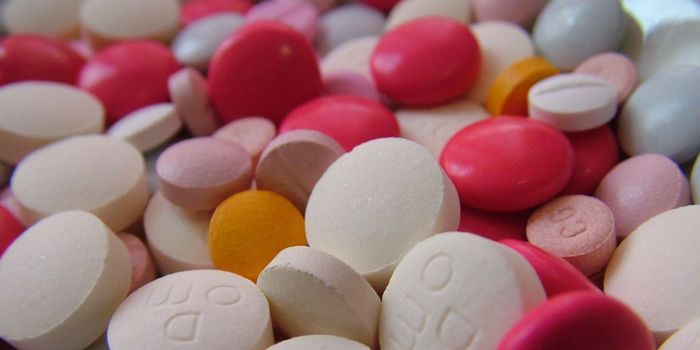A Guide on How to Prolong The Duration of Action of Inhaled Drugs
Inhaling drugs is an ancient practice, with some researchers arguing the practice dates back as far as 3,000 BCE. While the practice of inhaling drugs has not always been for strict medicinal purposes, the first reference to the therapeutic use of inhaled drug delivery was discovered on an ancient Egyptian papyrus that dated back to around 1554 BCE. Since that time the practice and method of aerosolized drug delivery has evolved dramatically. For example, the first medical drug inhaler device was created by English doctor John Mudge in 1778. And almost 200 years later, Riker Laboratories produced the first pressurized metered dose inhaler – the type of medical device most of us picture when we think of an asthma inhaler.
In more recent times, drug delivery by inhalation has been an important area of focus for pharmaceutical and biotech companies. This is owed to the many beneficial characteristics of drug inhalation compared to other methods of drug administration. When compared to oral drug delivery, aerosolized delivery is superior because of increased bioavailability, rapid absorption rate and onset of action, and low drug concentration requirements. However, these beneficial characteristics of inhaled drugs also lead to a challenge for this method of drug delivery, namely, inhaled pharmaceutical drugs can have a short duration of action.
In a recent article published in the journal Bioorganic & Medicinal Chemistry Letters, two researchers from the company Genentech review and highlight strategies that can help extend the duration of action of inhaled drugs. The authors list three key strategies that they believe can help to extend the duration of action of inhaled drugs.
First, reducing the solubility or dissolution rate of drugs can help to extend the duration of action. Low-soluble inhaled drugs that are already in use, such as corticosteroids for asthma, show that this practice can help increase duration of action. In line with this, another way to help extend duration of action would be through making drugs less permeable which helps to retain the drug in lung tissue and extend the duration of action. Last, and perhaps most difficult for the drug discovery process, would be to increase receptor occupancy of inhaled drugs, i.e. find ways to increase the ability of drugs to act on specific intracellular targets. Overall, the authors of the journal article have provided expert guidance for drug discovery teams that are seeking to extend the duration of action of inhaled drugs.
Sources: Science; Journal of Aerosol Medicine and Pulmonary Drug Delivery; The Lancet; Bioorganic & Medicinal Chemistry Letters;









